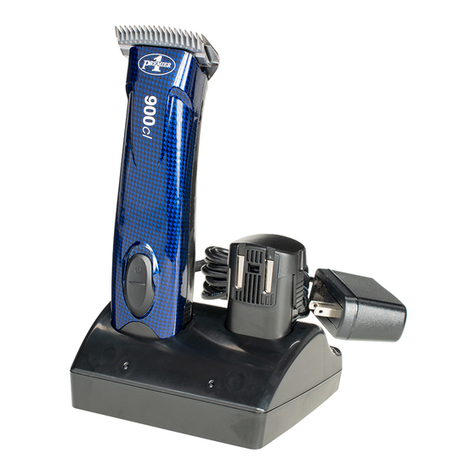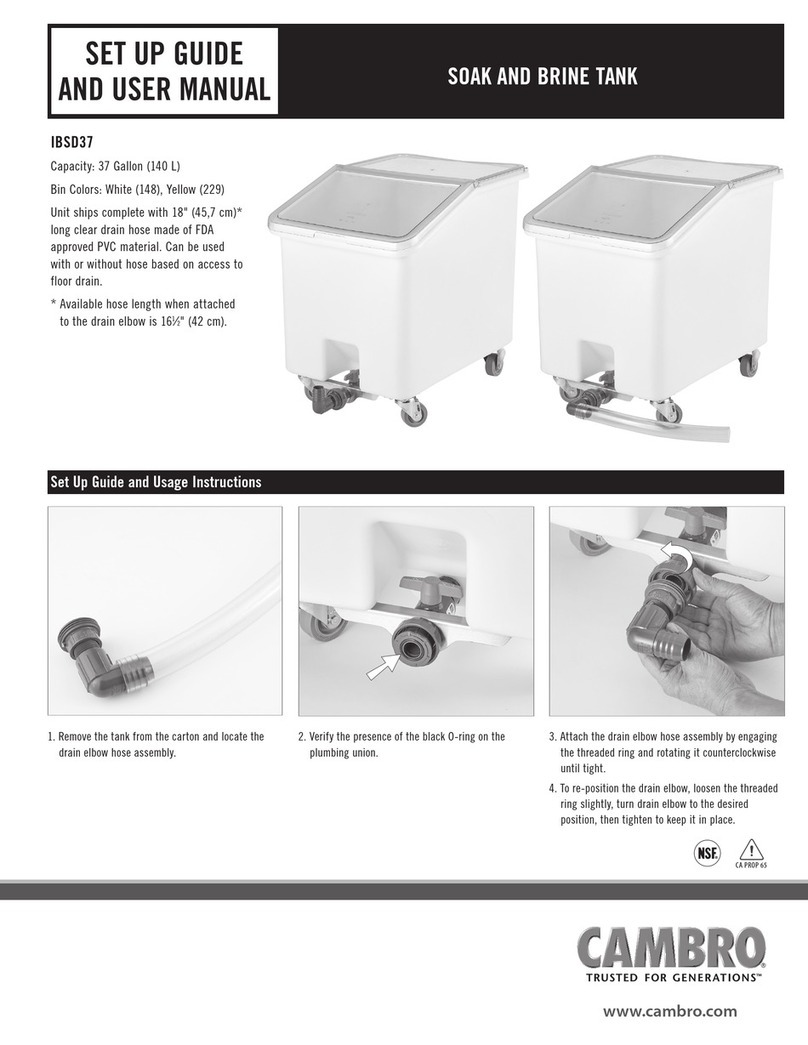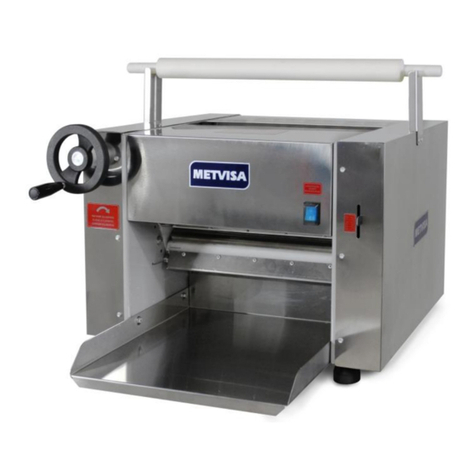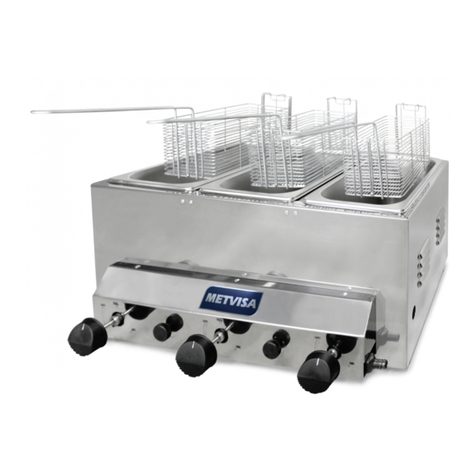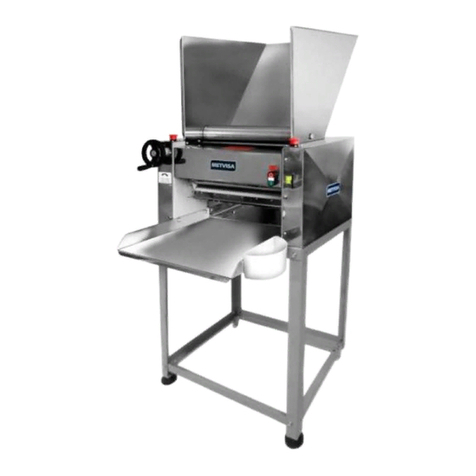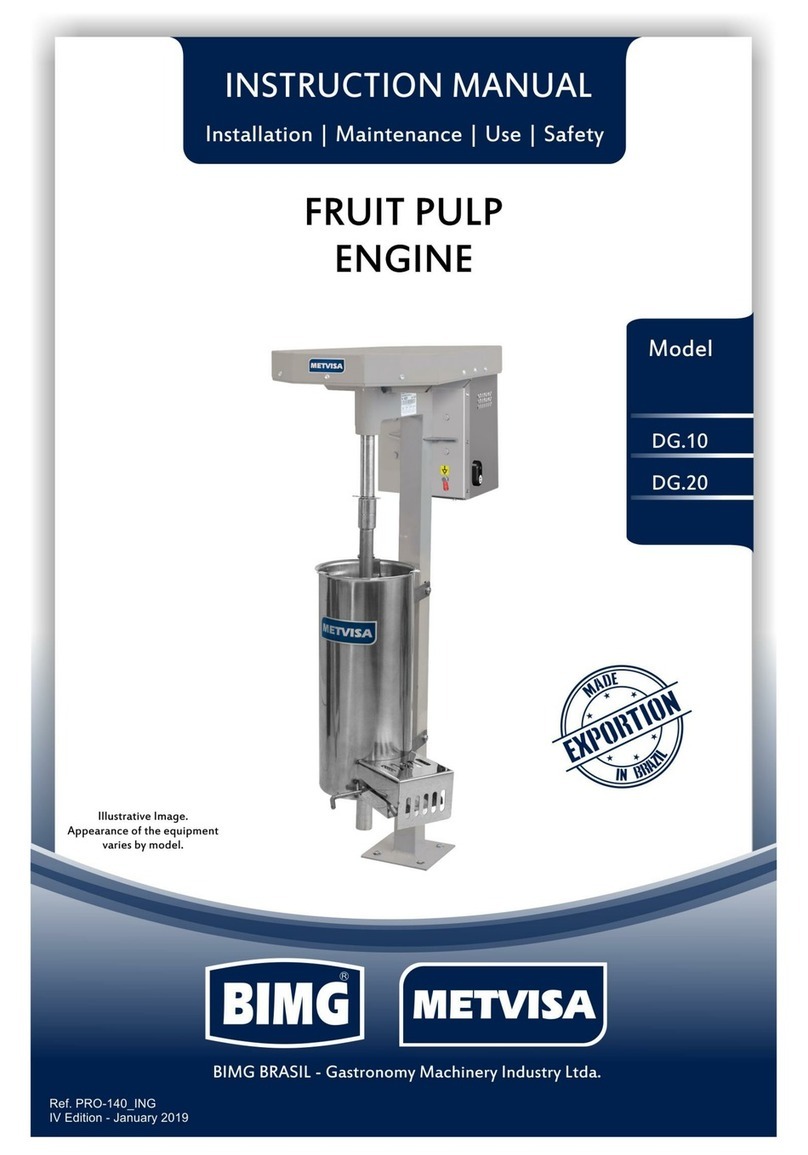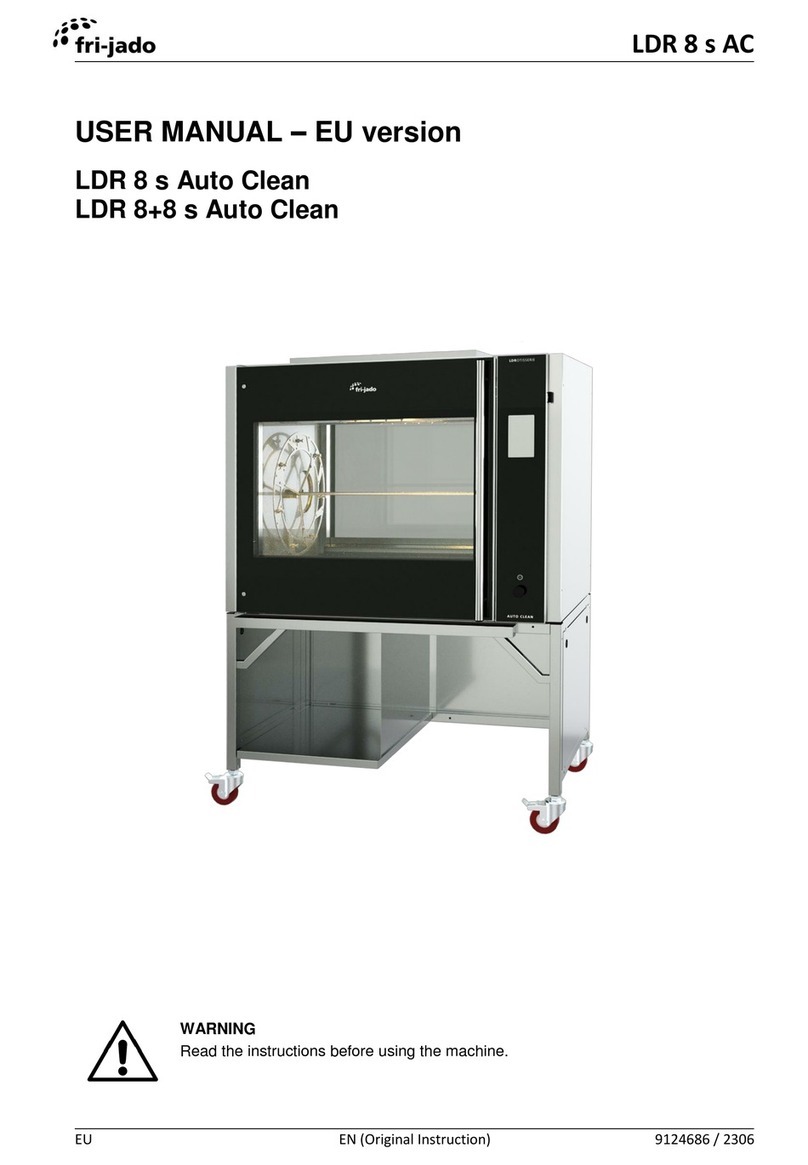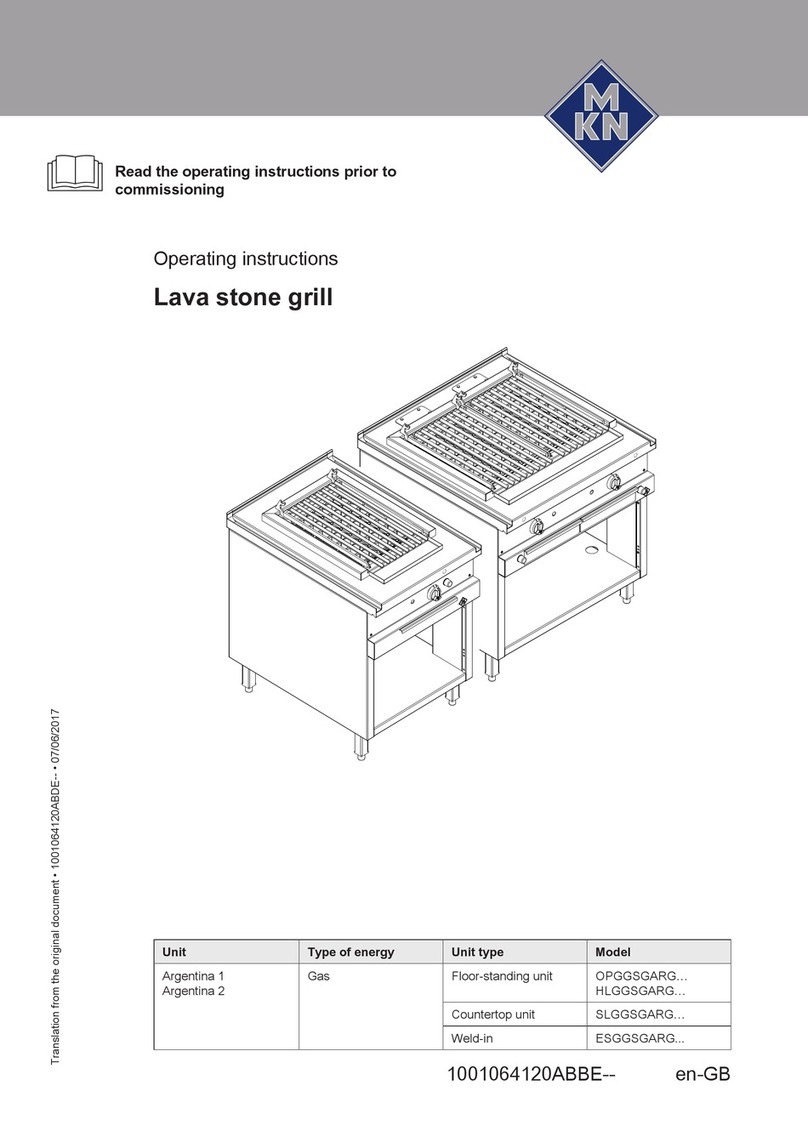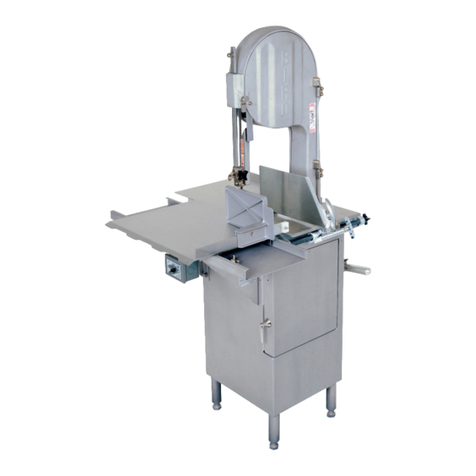3
1. Safety Information
1.1 General Warnings
• Cautions / precautions must be observed when installing, using, maintaining and discontinuing use
of this equipment;
• Before carrying out any operation (assembly, use, maintenance and reuse after prolonged use of the
equipment), read the manual carefully;
• The equipment must be used by trained personnel familiar with the use and safety regulations
described in this manual;
• This equipment is not intended for use by persons (including children) with reduced physical,
sensory or mental capacities, or people with lack of experience and knowledge, unless they have
received instructions regarding the use of the appliance or are under the supervision of a person
responsible for their safety.
• It is recommended that children be supervised to ensure that they are not playing with the
equipment;
• In case of rotation of the personnel that will work with the equipment, the new operator must be
educated about the standards and the operation of the same one;
• The operator must use the Adequate PPE (Personal Protective Equipment). As for example: use a
hair cap to prevent it from getting stuck in the moving parts of the equipment;
• The operator must always be aware of situations that can cause a risk of accidents and avoid them.
For example: avoid working with loose uniform sleeves, where they can lock in moving parts, causing
accidents;
• After reading and clarifying all doubts, this manual should be carefully stored in an easily accessible
location, known to all persons who will operate the equipment and make it available to those who will
carry out maintenance for any inquiries. Whenever any questions arise, be sure to check the manual.
Do not operate the equipment in any way with doubts;
• In the installation, it is essential to make this manual available to the professionals who will do the
same;
• Insert only specific products for which the equipment is intended and never put your hands, fingers
or objects inside the tray, on the blades or on moving parts (rack, counterweight, etc).
ATTENTION!
Do not perform repairs on your own. Refer servicing to qualified service personnel. Only use
original parts in your equipment.




